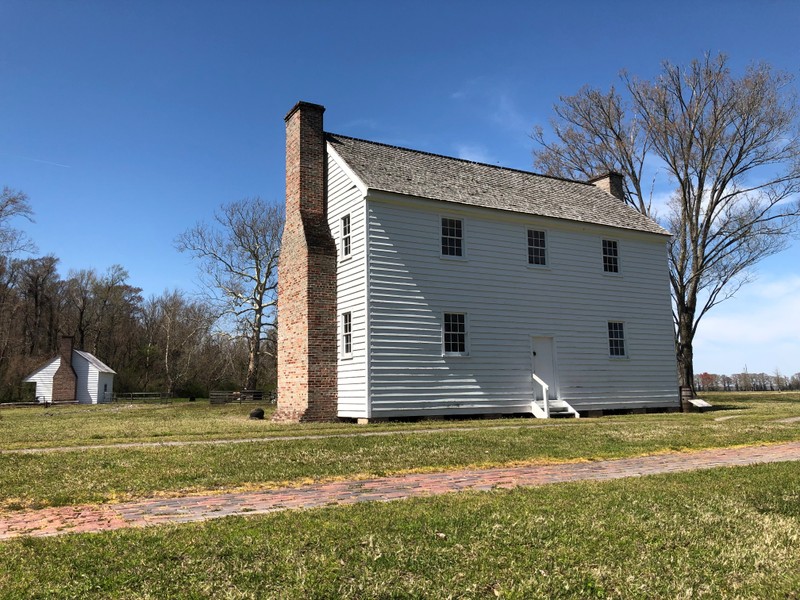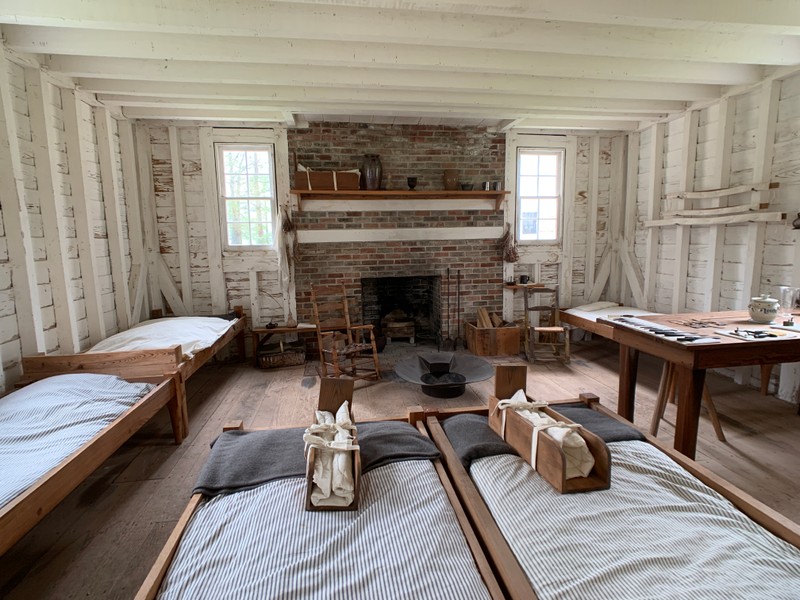Plantation Hospital
Introduction
Text-to-speech Audio
Images
Plantation Hospital

Interior of the Plantation Hospital

Backstory and Context
Author-Uploaded Audio
Audio description of the Plantation Hospital by Assistant Site Manager Christa Hobbet.
Text-to-speech Audio
This reconstructed building represents the plantation hospital that stood in this exact spot and was specifically for the enslaved community. Infectious diseases such as malaria, cholera, measles, scarlet fever, smallpox, dysentery, whooping cough, and others were prevalent at that time, and the hospital was primarily used to quarantine enslaved persons suffering from these illnesses. But just like modern-day hospitals, many other things happened within these walls. Physicians hired by Josiah III would come to the hospital when called upon, none of whom lived on site. They performed surgeries, including amputations, set broken bones, and administered medicine that they prescribed. Enslaved nurses and midwives also worked inside and throughout the dwellings within the enslaved community, including midwife Chloe Drew. The only people that were treated within this hospital were enslaved men, women, and children. Although the hospital only served the enslaved community, the same physicians treated others who lived on this plantation within their own homes, including the Collins family and the overseers.
Sources
Self-Guided Tour Brochure, Somerset Place State Historic Site.
Somerset Place State Historic Site
Somerset Place State Historic Site
